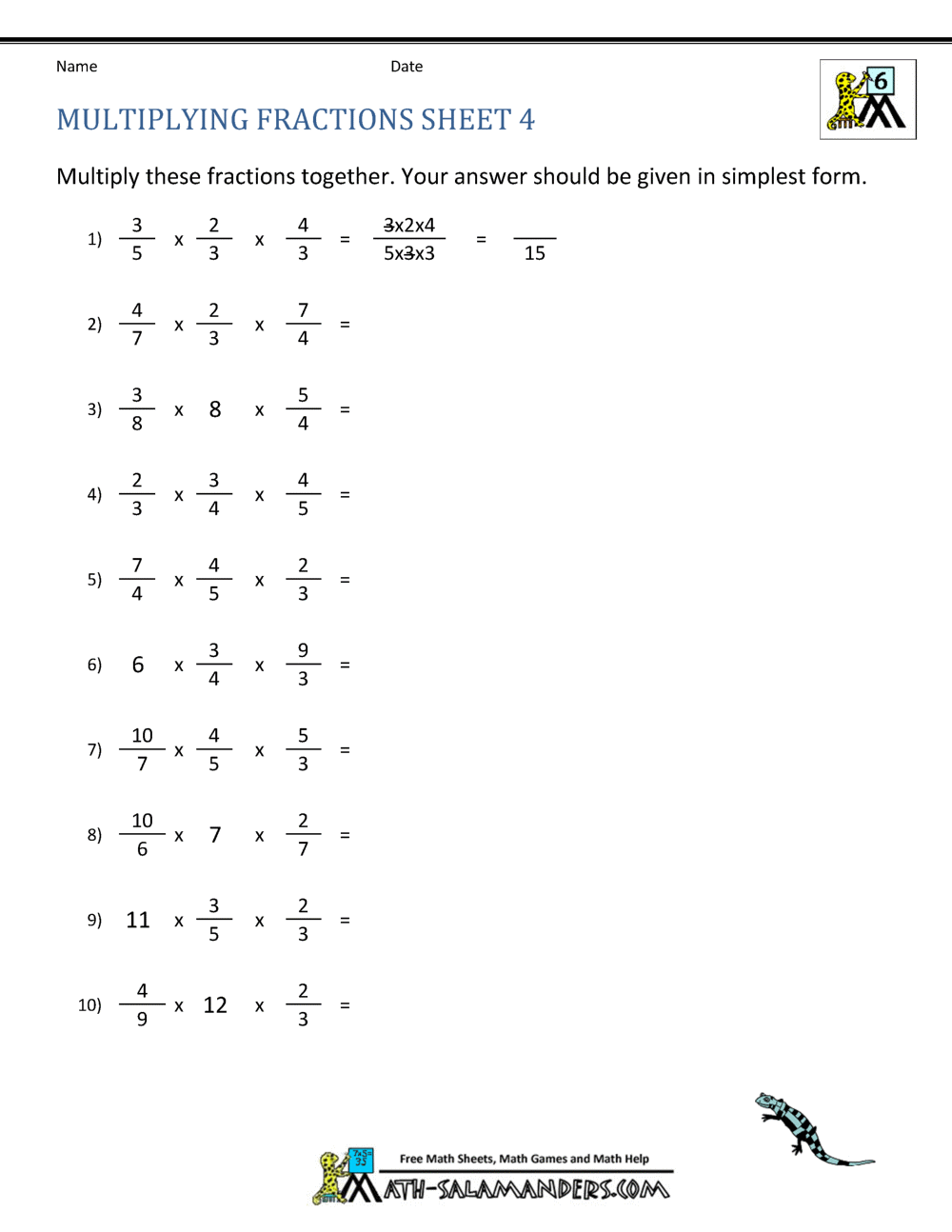Mole Worksheet 1: Master Your Chemistry with Answer Key

Chemistry can be an intimidating subject, filled with a myriad of terms, equations, and complex theories. However, mastering the fundamentals can simplify learning and pave the way for a deeper understanding of this fascinating science. One of the most fundamental units in chemistry is the mole, which acts as a bridge between the microscopic world of atoms and the macroscopic world we interact with every day. In this post, we delve into "Mole Worksheet 1," where we will explore and solve a series of exercises designed to help you grasp the concept of the mole, its application, and its importance in chemistry.
Understanding the Mole Concept

Before we dive into the worksheet, let’s solidify our understanding of what a mole is:
- Mole (mol): A unit of measurement used in chemistry to express the amount of a chemical substance. One mole of any substance contains Avogadro’s number of particles (6.022 x 1023).
- Avogadro’s Number: Defined as the number of atoms in exactly 12 grams of carbon-12, serving as the standard for determining the molar mass of substances.

The Molar Mass Connection

Another crucial concept is molar mass:
- Molar Mass (M): The mass of one mole of a substance, typically expressed in grams per mole (g/mol). It’s numerically equivalent to the atomic or molecular weight of the substance.
Mole Worksheet 1: Practice Problems

Let’s now tackle some practical examples:
Problem 1: Calculating Number of Moles

Given 28 grams of nitrogen (N₂), calculate the number of moles.
Atomic mass of nitrogen = 14.007 g/mol
Molar mass of N₂ = 2 * 14.007 = 28.014 g/mol
Number of moles = Mass / Molar Mass = 28 / 28.014 = 0.9995 mol
Answer: 0.9995 moles of N₂
Problem 2: Moles to Molecules

Convert 0.5 moles of carbon dioxide (CO₂) to molecules.
Number of molecules = Moles * Avogadro’s number
Number of molecules = 0.5 * 6.022 x 1023 = 3.011 x 1023 molecules
Answer: 3.011 x 1023 molecules of CO₂
Problem 3: Volume of Gas

How many liters of ammonia (NH₃) gas are needed at STP to contain 2 moles?
At STP, 1 mole of any gas occupies 22.4 liters.
Volume of NH₃ = Moles * Volume per mole at STP
Volume of NH₃ = 2 * 22.4 = 44.8 L
Answer: 44.8 liters of NH₃ gas at STP
Answer Key

| Problem | Answer |
|---|---|
| Calculating Moles from Mass | 0.9995 moles of N₂ |
| Converting Moles to Molecules | 3.011 x 1023 molecules of CO₂ |
| Volume of Gas at STP | 44.8 liters of NH₃ |

⚗️ Note: These problems represent basic applications of the mole concept. Always remember to round appropriately to reflect the precision of measurements typically used in chemistry.
In summary, mastering the mole concept is essential for navigating through chemistry, from understanding chemical equations to stoichiometry. The exercises in "Mole Worksheet 1" serve as a fundamental practice to cement your understanding of moles, Avogadro's number, and molar mass. Each problem not only drills these concepts into your mind but also prepares you for more complex chemistry challenges ahead.
Why is the mole concept important in chemistry?

+
The mole concept is fundamental in chemistry because it provides a link between the microscopic scale (atoms and molecules) and the macroscopic scale (grams and liters). It allows chemists to perform calculations on reactions and understand the behavior of chemicals at both scales.
What is Avogadro’s number, and why is it significant?

+
Avogadro’s number (6.022 x 1023) represents the number of entities (atoms, molecules, ions, etc.) in one mole of substance. Its significance lies in defining the mole, allowing for consistent and standardized measurements across chemistry.
Can moles be used to measure solids, liquids, and gases?

+
Yes, moles can be used to measure all states of matter. For solids and liquids, we typically use mass measurements. For gases, volume at STP or through the ideal gas law can be used. The concept is versatile and universal across different states of matter.



